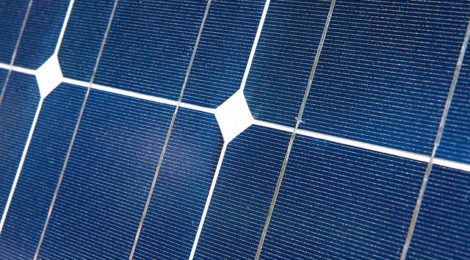
New Solar Rewards
BY ARIEL AND CRAIG TARR
Adapted from Energy Concepts
Xcel energy’s popular Solar Rewards rebate program application process is soon to open for the 2014 funding cycle. As with the 2013 program, all expectations are that the program will be fully subscribed within hours of its application opening time.
The program has $5 million once again allocated for this year. There are several significant changes to note from previous years’ details:
- The Made in Minnesota incentive has been decoupled from Solar Rewards.
- The rebate payout terms have changed to from a “nameplate capacity” rebate to a “production tariff.”
 In the last three years, the Made in Minnesota bonus incentive effectively reduced the rebate funds available for more conventional solar systems. With recent legislation, the Made in Minnesota program is now separately funded and administered by the Department of Commerce. This means that the $5 million will go further to assist with more mainstream solar systems and spread the funds out over a much more diverse base of installers, vendors, etc.
In the last three years, the Made in Minnesota bonus incentive effectively reduced the rebate funds available for more conventional solar systems. With recent legislation, the Made in Minnesota program is now separately funded and administered by the Department of Commerce. This means that the $5 million will go further to assist with more mainstream solar systems and spread the funds out over a much more diverse base of installers, vendors, etc.
As to the 2014 Solar Rewards reimbursement, in previous years the rebate was a one-time payment based on the kW rating of the system and was paid upon project completion. The new program has the rebate payment distributed over 10 years and is now based on the actual kWh production of the system. The installation will include a dedicated meter for the electricity produced by the solar system. Xcel will read the meter annually and pay $0.08/kWh for the years solar energy production.
In addition to the direct payment rebate above, the solar system will additionally provide reductions in your monthly energy bill. The interconnection will be still net metered as in the past. By net metering the solar system will reduce your purchased electricity and, during times where solar production exceeds your homes use, the excess power will export back to Xcel and you will receive full credit. The meter effectively spins backward.
A few more fine-print details are that system size will be limited to 20 kW or less and/or the estimated solar energy produced can’t exceed more than 120 percent of the customer’s previous years annual energy consumption.
With the cost of solar down 40 percent in the last several years, the 30 percent tax credit still applicable, and this utility incentive, the investment in solar is attractive as we have seen.
The combined tax and utility incentives reduces the installed system cost by 50 percent or more. We know of no other opportunity whereby the government and the utility will help you to help the environment, reduce your energy bill, and improve your property value.
With the application looming in May, time is of the essence to begin the process of designing a system with the help of an experienced solar installation professional.
Ariel and Craig Tarr are with Hudson-based Energy Concepts, which has been providing renewable energy systems since 2007. Craig is is founder and president of the company and a longtime member of MAGI. Photo courtesy of Mike Baker via Flickr and Creative Commons.